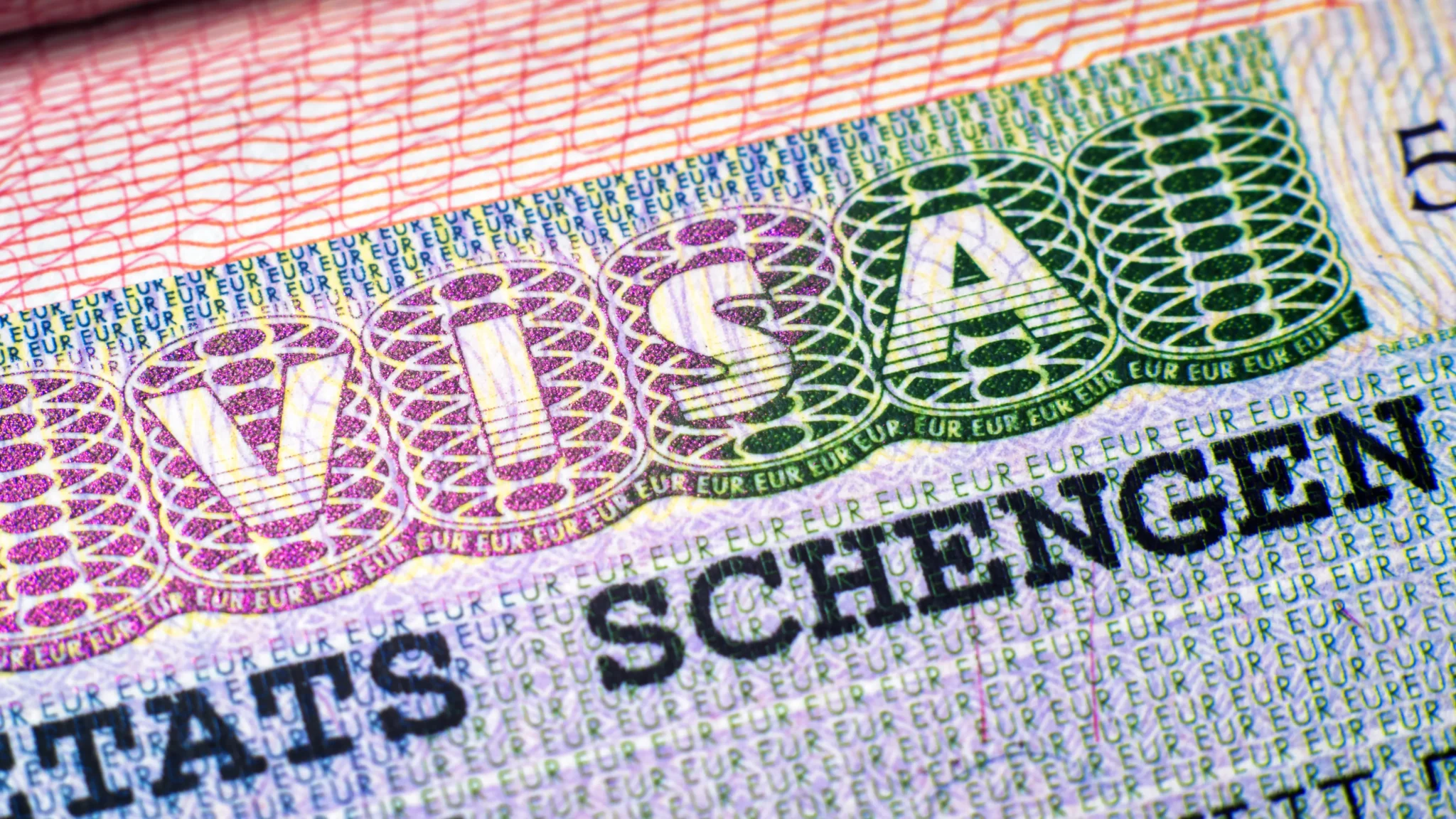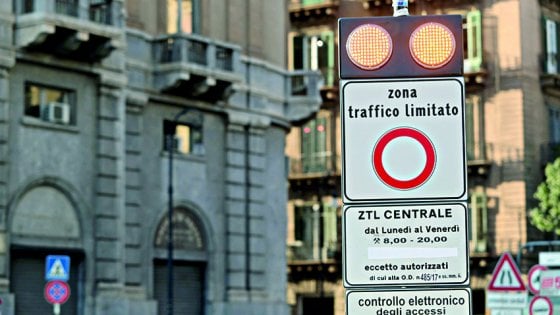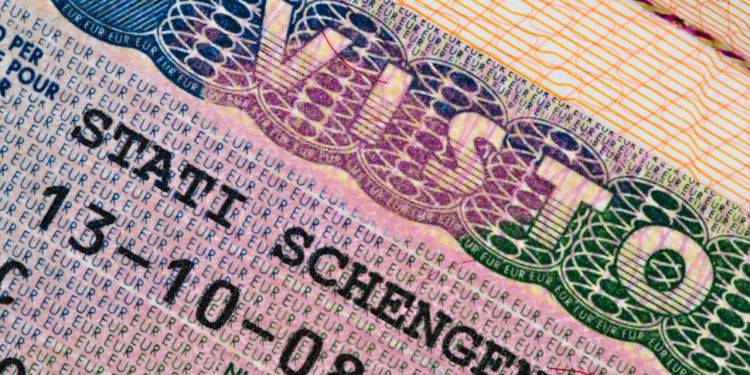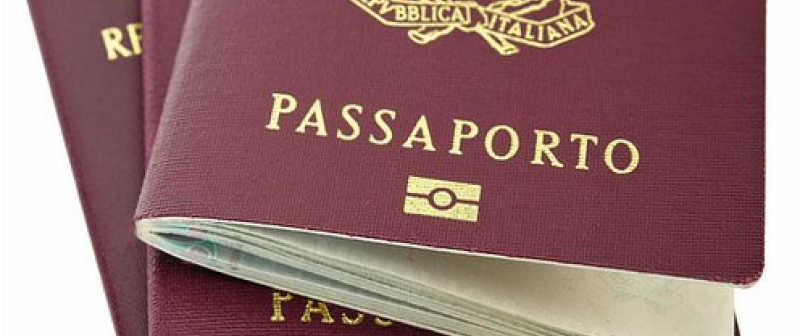Rome is one of the most popular holiday destinations in the world, receiving between seven and ten million tourists a year! It’s easy to see why: it is a magnificent city, rich in history, culture, and charm. With thousands of people visiting the Eternal City every day, it is unsurprising that tourist traps and scams have popped up left right and centre. In this post, I would like to advise you how to avoid the most common ones. I should preface this post by saying that Rome is not a dangerous city. Even if you do experience crime, it is much more likely to be petty crime rather than violent. I lived there for almost two years and never had any moments when I felt unsafe.
Good common sense is necessary whenever travelling. For example:
- Making photocopies of your passport, visa and other important documents
- Knowing the emergency telephone number (112 in Italy)
- Being aware of your belongings and general surroundings at all times.
- Having an offline map downloaded onto your phone so you can navigate your way without data or wifi. I use Googlemaps and Maps.me.
- Knowing how late buses & trains run and having enough cash on you for an emergency taxi ride
- Not leaving your drink unguarded (and making sure you don’t go over your limits)
- Listening to your gut – if a person or situation makes you feel uncomfortable or afraid, get away as quickly as possible.
The citizens of Rome are kind-hearted, gregarious people who are generally welcoming and friendly to tourists. Unfortunately there are some bad apples who will try to extort (or steal) money from you. Follow my top tips and don’t give them the satisfaction!
Pickpockets
Let’s start with the worst offenders. Being robbed can seriously spoil your trip and dealing with insurance claims and police reports can be stressful, time-consuming processes. In Rome, many pickpockets work in groups using the distraction technique. Locals can recognise the gaggle of teenage, female pickpocketers by sight now! They mostly operate around Termini (the central train station which connects the A and B metro lines) along with stops along the A line at the major tourist attractions. The pickpocketing gangs distract you by pushing into you during the surge of people entering and exiting at different stops. While you focus on regaining your balance or finding something to hold onto, one of them slips their hand into your pockets. They immediately get off the train and blend into the crowd. However, solo pickpocketers also operate on the train (and buses and trams) so you should be aware of your belongings and surroundings whenever using public transport.
To protect against pickpocketing:
- Don’t keep your wallet or phone in the back pocket of your jeans.
- Keep your bag in front of you, with the opening close to your body. I usually stand with one hand over the opening clasp.
- If you have a backpack, take it off and rest it on your lap (if seated) or hold it in your arms (if facing).
- Leave your passport at your accommodation in a hotel room safe (or hostel locker) and keep a photocopy in your bag.
- Buy a spare wallet, money belt or anti-theft bag.
- Only carry small amounts of cash around with you – look into a bank account which lets you visit ATM/cash machines without incurring charges, so you don’t have to carry all your spending money around with you. I use N26, who offer free withdrawals around Europe, and can provide referral codes if you would like to sign up!
- Put your money and cards in different pockets and wallets, not in just one place.
Street distractions
Here are some of the typical street distractions that you might encounter in Rome. The purpose is to convince you to part with your hard-earned cash… or distract & snatch.
- A stranger approaching you for help with a survey (or to get your signature). While you are distracted, one of their accomplices snatches your valuables.
- Asking for directions and blocking your vision with a map, so you can’t see a hand sneaking into your bag or pocket.
- A street game / exhibition (again, taking advantage of your distracted state). In Rome, there are lots of street musicians, artists and performers, most of who are legitimate but it is good to be careful.
Street sellers
It is a universal truth that when in Rome, street vendors will try persistently to sell you things. Bottles of ice cold water, selfie sticks, scarves, trinkets and souvenirs to name a few. Generally you can dismiss them with a “No, grazie” or just ignore them. However, some vendors can be really pushy and determined. You will often see vendors trying to sell red roses, usually to couples strolling hand in hand. If you are offered one, don’t accept it unless you are willing to pay for it. Even holding it for a brief moment will result in the vendor badgering you for payment (usually a few euros).
An alternative to the red roses is ‘the friendship bracelet’ or ‘friendship ring’ scam. The vendor might offer it as a gift, but once accepted, they immediately put it onto your hand or wrist. Once you’ve worn it, even for a split second, they will try to guilt-trip you into giving them money. I made the rookie mistake of engaging a street vendor in conversation and before I knew it, I had a threaded bracelet around my wrist. After much pleading from him, and rigid refusal from me, he angrily cut the bracelet off with scissors and stormed away. He may have put a hex on me too!
Restaurants
As a general rule, if a margherita pizza costs more than €7-8 euros, it is probably a tourist trap. Keep that in mind, along with these other words of wisdom to ensure that you don’t get ripped off whilst dining in Rome.
- If your dish is much larger than expected, or an extra dish arrives at your table that you didn’t order, question it before tucking in. It might be a mistake or even a present from the restaurant staff (listen out for the magic word gratis!).However, it could be a sneaky dish that you will be charged for. Many restaurants serve limoncello at the end of dinner on the house… but a side portion of fresh oysters probably isn’t going to be complimentary!
- Avoid menus that do not include prices
- Ask for an English and Italian menu so you can check the prices are the same
- Eat where the locals eat; check out the other diners and see if there are any Italians. If everyone looks and sounds like a tourist, it probably won’t be an amazing, authentic dining experience.
In Italy, it is illegal not to be given an itemised receipt. So if you are suspicious about the bill, ask for an itemised receipt and don’t accept a receipt that only shows the total.
There are some additional charges which might seem like scams, but actually aren’t. A cover charge will probably be added to your restaurant bill; pane e coperto (which translates as ‘bread and tableware’). This is normal. If you don’t want the bread, wave it away when it is brought over, or it will be added automatically. You may be surprised by water bottles being added to your bill when you thought they were complimentary. In Rome, it’s uncommon to ask for or receive tap water so you should expect to pay for water.
A little note about café culture – it is customary to quickly drink your coffee standing at the bar, rather than sip it slowly and leisurely at a table. If you want to sit down, your order will be more expensive. Cafés generally have two prices for each item – the al banco standing price and the al tavolo table price. Sometimes the difference can be quite ridiculous – like coffees costing two or three times more if consumed al tavolo. This is especially common in cafés surrounding the piazzas or near the main tourist attractions. Always check the menu before you order and don’t feel pressurised into sitting down if you just want a quick caffeine boost.
Train station ‘helpers’
Nothing screams ‘tourist’ like someone wandering around a train station with a confused look on their face, or spending five minutes pressing buttons on a ticket machine. I have witnessed ‘helpers’ prey on tourists many times. These people don’t work at the train station, they are just opportunists. Be very aware that if someone offers to show you how to buy your ticket, they might not be doing it out of the goodness of their heart. Single journey tickets cost €1.50 in Rome, and it is very common for a friendly stranger to try to persuade you to hand over some of your change. I have seen tourists paying willing, grateful for the assistance, but I have also seen people hand over the cash, looking confused and uncertain, wondering if this is part of the Italian tipping culture. It’s not.
Hopefully these ‘helpers’ will just badger you for some small coins but it could be worse. Someone could steal your wallet or demand a larger tip after helping to carry your bags. Keep hold of your belongings, use a polite but firm ‘No, grazie!’ and ask official train station staff for assistance.
Taxis
Taxi drivers are notorious for overcharging unsuspecting tourists. I’ve heard of visitors paying €250 to travel from Fiumicino airport to the city centre. A staggering rip-off considering all official city taxis have fixed fares within the city limits. A single taxi journey from Fiumicino airport costs €48 and €30 from Ciampino airport. The city centre is classified as anywhere within the Aurelian walls. This map shows (in orange) which areas are included in this fixed fare scheme.
Use the official white taxis, rather than unmarked taxis whose drivers can charge whatever they like. If you do use a private taxi firm, ask how much it will roughly cost before getting in. You shouldn’t be charged extra per bag or passenger.
Make sure you have small change as well, so the driver cannot claim he doesn’t have any small notes and coins, and pockets your change.
Find one at a taxi rank or call a taxi firm. If you decide to book over the phone, be aware that the meter starts running once the booking is confirmed, not once you get inside the vehicle. At the time of writing, Uber Black is available in Rome and Scooterino is a popular alternative to Uber (the same premise except you whizz around the city on the back of a motorbike)
Other scams and tourist traps
Count your change before leaving the shop/till area. This is something I always had to check, especially when shopping in food and street markets. Don’t be embarrassed about slowly & carefully checking that you have received the right amount and question any discrepancies. Once they’ve been caught out, the vendors usually hand over the correct change with a half-hearted (or non-existent) apology.
There are hundreds of tour providers in Rome for the major sites like the Colosseum, Roman Forum and the Vatican. Do your research before arriving and use reputable tour companies with official names/ logos / T-shirt. If in doubt, ask for recommendations from hotel staff.
Near the Colosseum, you will see men dressed in Roman gladiator costumes. They are routinely banned from loitering outside, but often return to persuade tourists to pose for photos. Once the photo has been taken, they will hound you for cash.
Walking around the city, you will see fake luxury products, like watches and handbags, being sold at knock-off prices. These are often sold on the bridges crossing the Tiber river and outside metro stations. It is a crime to be in possession of fake goods in Rome, and if caught by the police, you may be fined several thousand euros.
You may see tourists travelling around Rome in horse-drawn carts. I personally don’t agree with these as the horses are often overworked, underfed and dehydrated from dragging people around under the hot sun. If you want to ride in one of these carts, get a quote before climbing in.
I hope these tips have been helpful to you! Do you know of any other well-known scams that we should be aware of?
Ciao for now
Good reads!

What you need to know about Visas and Permits to stay in Italy
Visas are issued by the Italian Embassy or Consular Sections of a foreign national’s country of residence. Permits to stay are issued in Italy by the Questura (Police Headquarters) having jurisdiction in the province where a foreign national is staying. Foreign nationals are required to apply for residence permits within 8 working days (i.e. excluding […]

Understanding Rome’s Zona Traffico Limitato (ZTL)
Major cities worldwide are limiting transportation in their city centers as measures to reduce urban smog and air pollution. Rome is no exception to this. Information on the city’s official website and other resources can be unclear so we’ve devised this comprehensive guide to understanding Rome’s ZTL rules and how they apply to you. The […]

Who is eligible for a long term residency permit in the EU?
The 2003 European Directive on the status of non EU nationals states that a long-term residence permit should be awarded after a person has lived legally in an EU State for an uninterrupted period of five years. This however depends upon the applicant having a stable and regular source of income, health insurance and (when required by the […]

Italian citizenship: ways to acquire it!
ITALIAN CITIZENSHIP CAN BE ACQUIRED IN ONE OF THE FOLLOWING WAYS (Law No. 91/1992): 1) CITIZENSHIP AS A RESULT OF ITALIAN PARENTS/ANCESTORS (“ius sanguinis”) A person acquires Italian citizenship when born the father, or mother are Italian citizens or whose ancestors (there are no limits of generations) are Italian citizens. Hence the principle of ius […]
Alessandro Satta, the 30-year-old Roman fugitive, resident in Phoenix (USA), arrested in recent days by the financiers of the Provincial Command of Rome near the Colosseum, where he occasionally would act as a travel tour guide in the Roman Forum.
Wanted since September 7, 2016 because he was considered by the Pennsylvania District Court to be at the top of a criminal organization dealing in the United States for selling considerable quantities of marijuana coming from Mexico, transported through California and distributed in the Philadelphia area., which it had direct involvement in the distribution of 450 kilos of marijuana, worth over 2.8 million dollars.
It took place thanks to the monitoring activity carried out under the coordination of the Management the anti-mafia district of Rome, by the specialists of the Gico del Nucleo di Polizia economic financial center in Rome: exploiting the knowledge of the environments and the delinquent dynamics and, above all, analyzing social media, the financiers – in synergy with the Service for international police cooperation. They discovered his side job at the forum and after a few days , they arrested him while he was giving instructions to some American tourists.
